To catch the blue bird: Christmas fairy tale staged by Stanislavsky
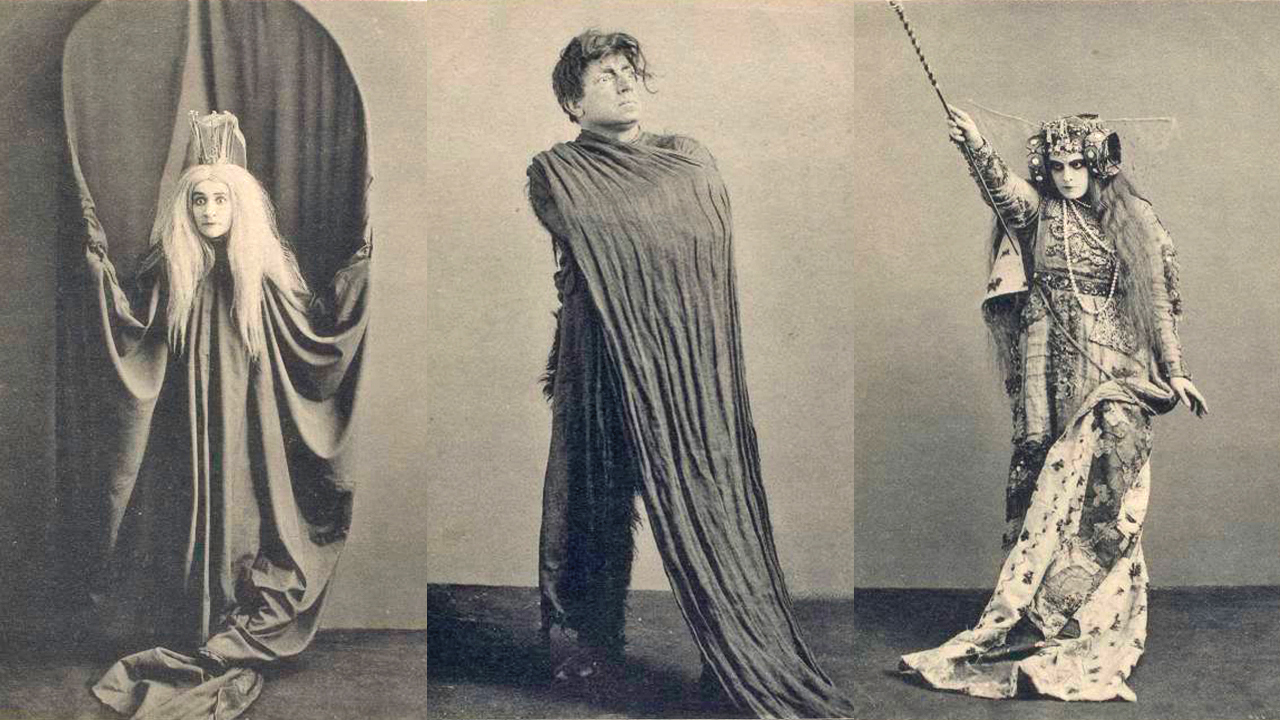
The Blue Bird premiered on September 30, 1908, at the Moscow Art Theater. Konstantin Stanislavsky defined the task as follows: “It must be naive, simple, easy, cheerful, merry, and as illusory and beautiful as a child’s daydream...”
Archive photo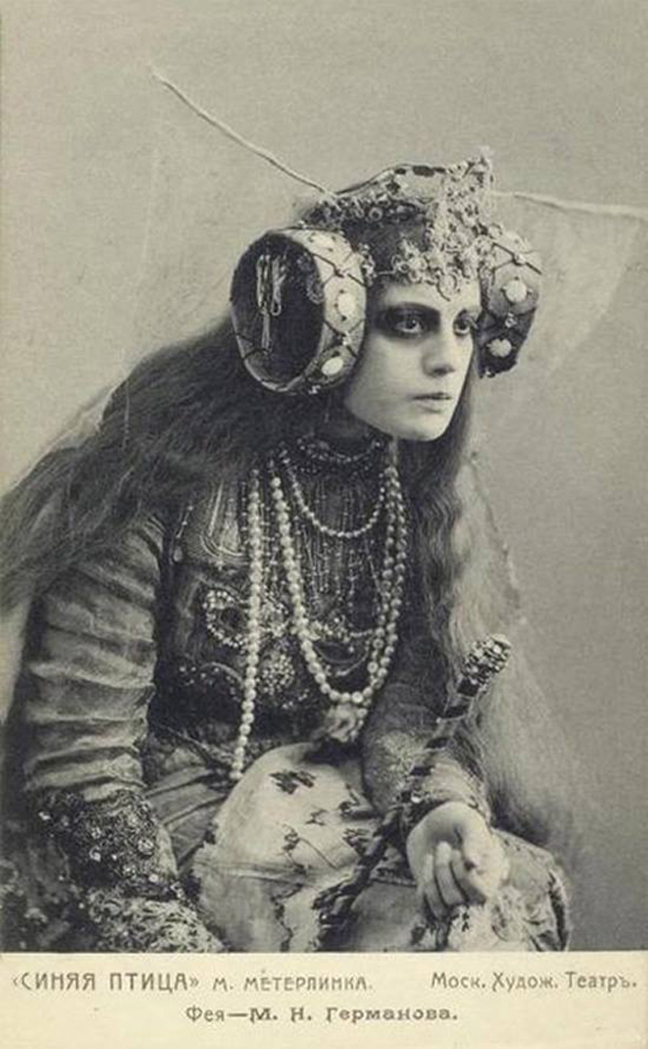
Most of the actors in the play went on to achieve notable success in the Soviet Union both on stage and in the movies. Some opened their own theaters. Others, such as Maria Germanova (pictured as the fairy), one of the first actresses to graduate from MAT, departed for another continent in search of fame. In the late 1930s she worked in New York as a director at the Theater Laboratory with Michael Chekhov. Together they taught the Stanislavsky method, on which the Hollywood school of acting is largely based. // The fairy - M.Germanova
Archive photo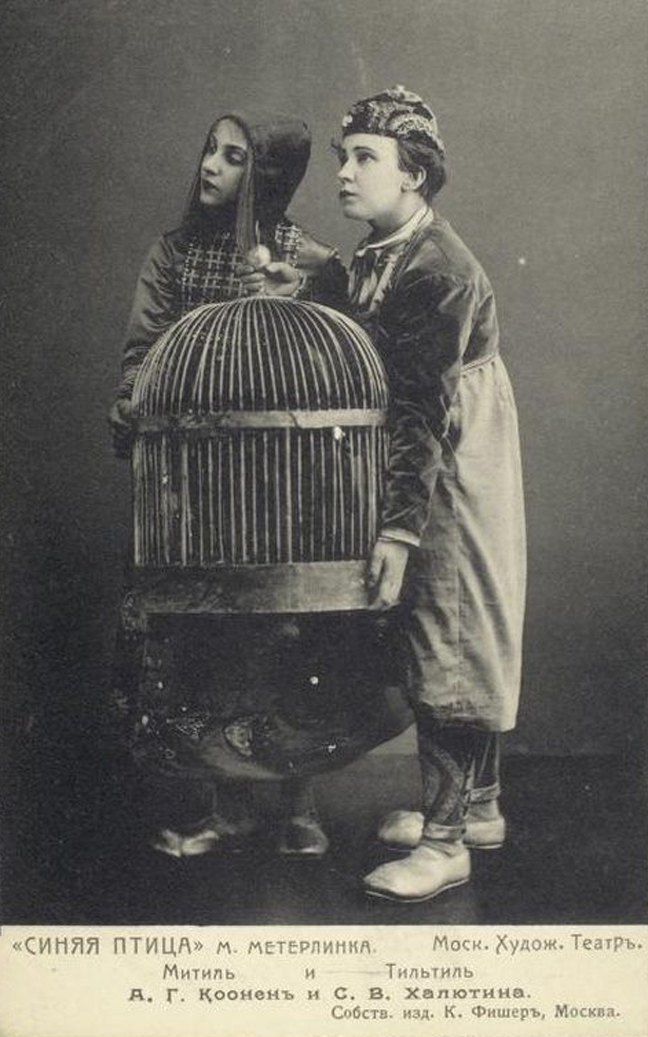
On Christmas Eve, the boy Tyltyl and the girl Mytyl are visited by the fairy Berylune. The fairy’s granddaughter is sick, and only the Blue Bird can save her. Thanks to a magic gift from the fairy, the children are able to see the souls of objects. The role of Mytyl (left) is played by Stanislavsky’s favorite protégé Alisa Koonen, the leading actress of the Kamerny Theater, set up by her husband, Alexander Tairov.
Archive photo![“... For me as a director, the most important aspect is the stage direction, but it doesn’t have to be implemented verbatim,” wrote Stanislavsky. “He [Maeterlinck] may be a brilliant writer, but he’s no good at costumes, set design, and stage mechanics.” // The milk - L.Kosminskaya](https://mf.b37mrtl.ru/rbthmedia/images/all/2016/12/20/bluebird/1moloko.jpg)
“... For me as a director, the most important aspect is the stage direction, but it doesn’t have to be implemented verbatim,” wrote Stanislavsky. “He [Maeterlinck] may be a brilliant writer, but he’s no good at costumes, set design, and stage mechanics.” // The milk - L.Kosminskaya
Archive photo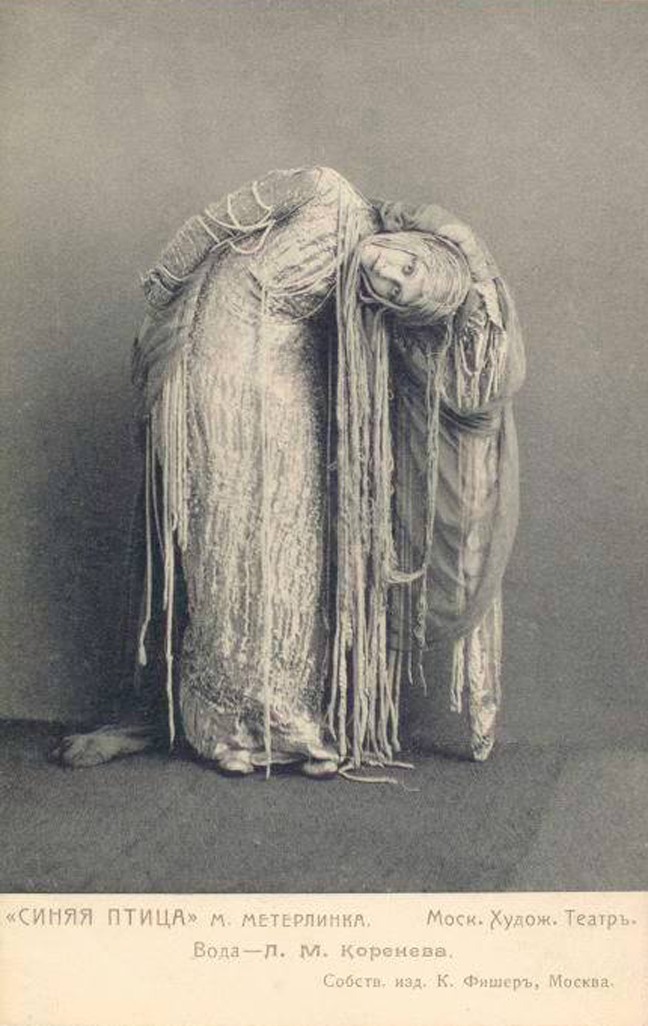
Inanimate objects (watches, fire, water, bread, milk, etc.) are transformed into living creatures with personalities of their own. Together, they embark on a dangerous journey to find the magical Blue Bird. It’s a warm-hearted tale about how, wherever one looks for happiness, it's always most likely to be found unexpectedly close by. // The water - L.Koreneva
Archive photo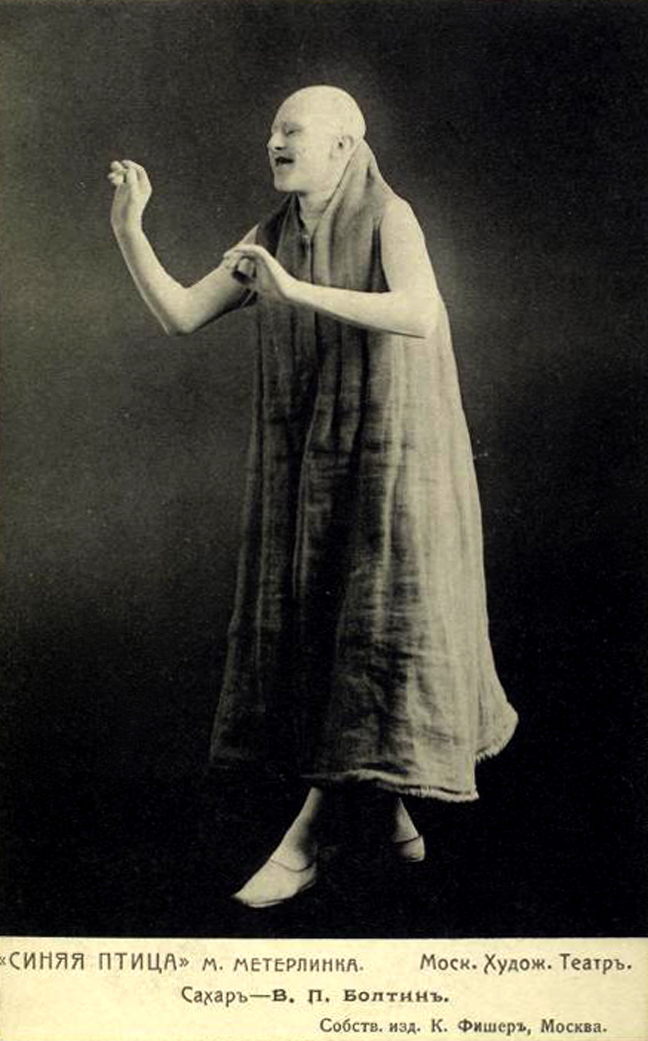
According to Maeterlinck’s instructions, Bread should be dressed in the “resplendent costume of a pasha: an expansive dress made of red silk or velvet, embroidered with gold, plus a large turban and a yataghan.” Sugar’s “silk dress—half-white, half-blue like a eunuch’s—looks like sugarloaf wrapping paper...” // The sugar - N.Boltin
Archive photo
“The most eloquent rebuke of 'Maeterlinck the costumier' came from my 10-year-old nephew, an insightful lad,” wrote Stanislavsky. “I told him the story of The Blue Bird and persuaded him to draw the soul of Bread. He painted some sort of creature with a large belly and gave him hands, like a Russian kalach, and the head was painted not unlike a donut. // The bread - N.Baliev
Archive photo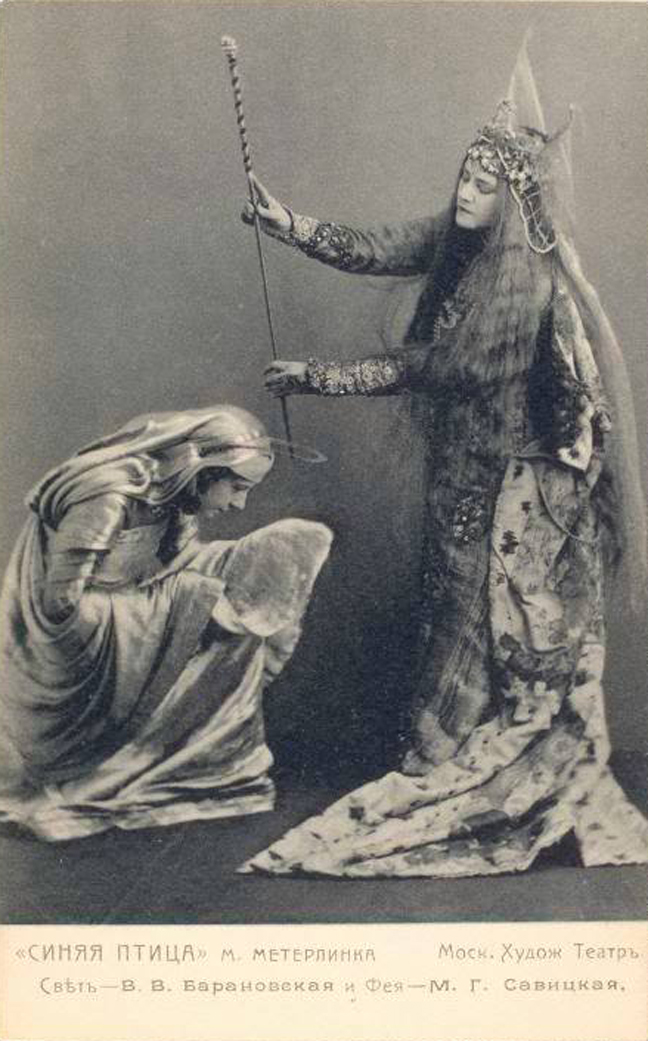
“Our production is bright and cheerful. The main principles are humor and touching lyricism. The comic and dramatic elements are infused with fantasy,” said Stanislavsky’s main associate, Vladimir Nemirovich-Danchenko. // The light - V.Baranovskaya, the fairy - M.Savitskaya
Archive photo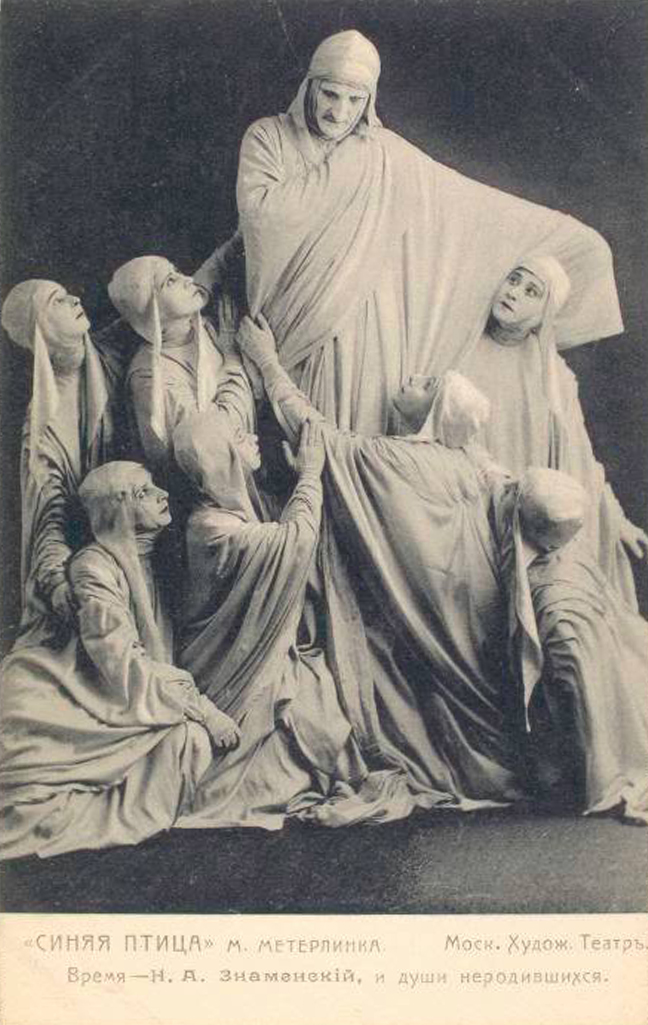
Maeterlinck’s fairy-tale play in the hands of Stanislavsky offers a child’s-eye-view of the world. Perhaps only the naive simplicity of a child is able to grasp the enigmatic beauty of nature hidden under the cover of anti-human civilization. Stanislavsky understood Maeterlinck’s mysticism not as the “fear of death,” but as something unfathomable that a child’s soul touches fearlessly. // The time - N.Znamenskiy, surrounded by the souls of unborn
Archive photo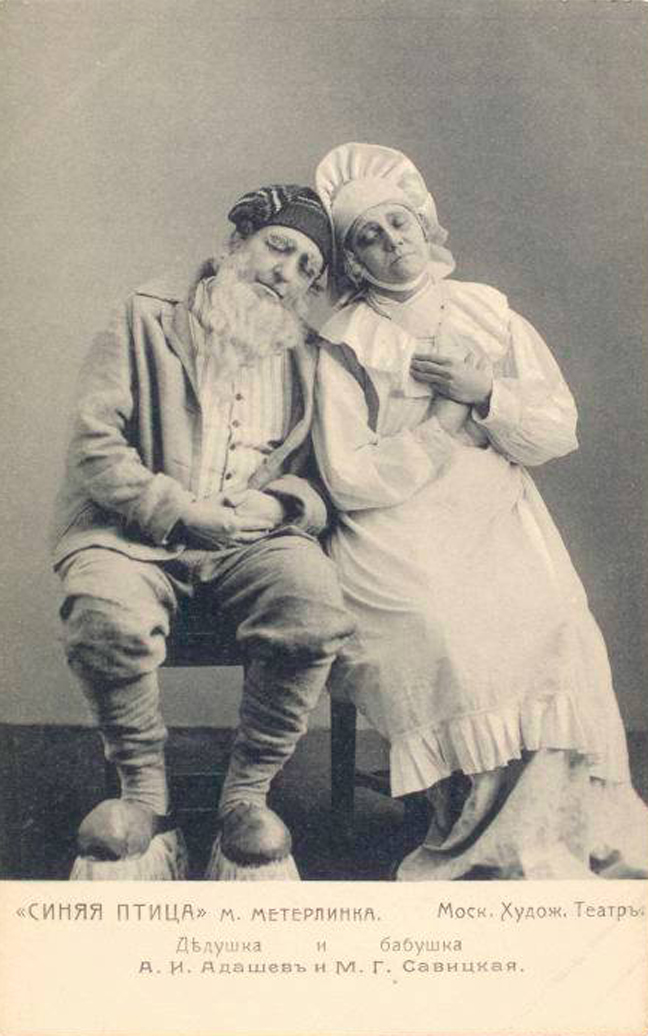
This premise gave rise to V. Yegorov’s wonderful set design in all its child-like sensibility, and birth to the mysteriously cheerful music of I. Saz. All the fantastically real figures of Bread, Sugar, Fire, and Water emerged from the gloom striving for elusive happiness... // Grandfather - A.Adashev and Grandmother - M.Savitskaya
Archive photo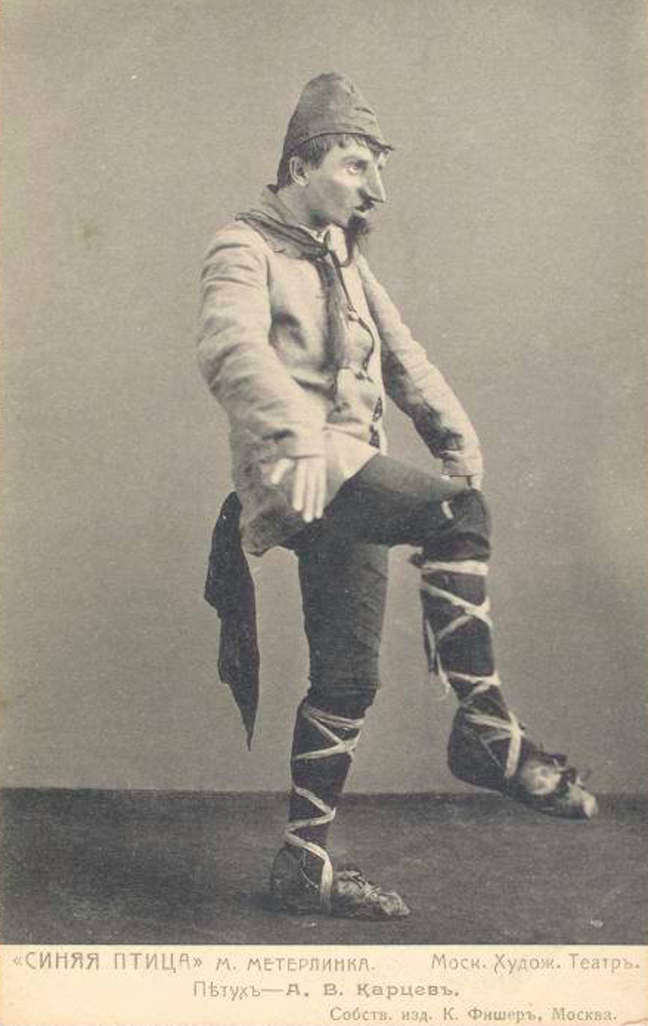
“I have a way of discombobulating the public and making it genuinely believe in the unreality on stage... The scenery should take people by surprise,” wrote Stanislavsky. “If the entire stage is crammed with gangways, decorations, and devices as in upmarket theaters, the play will be long and cumbersome. It should fly by like a dream...” // The rooster - A.Kartsev
Archive photo
This performance wrapped up the first decade of the work of Stanislavsky and his legendary theater. The Blue Bird is the only one of Stanislavsky’s productions that can still be seen today. No one knows exactly, but the play is said to have been staged more than four and a half thousand times. // The horse - V.Popov
Archive photoSubscribe
to our newsletter!
Get the week's best stories straight to your inbox